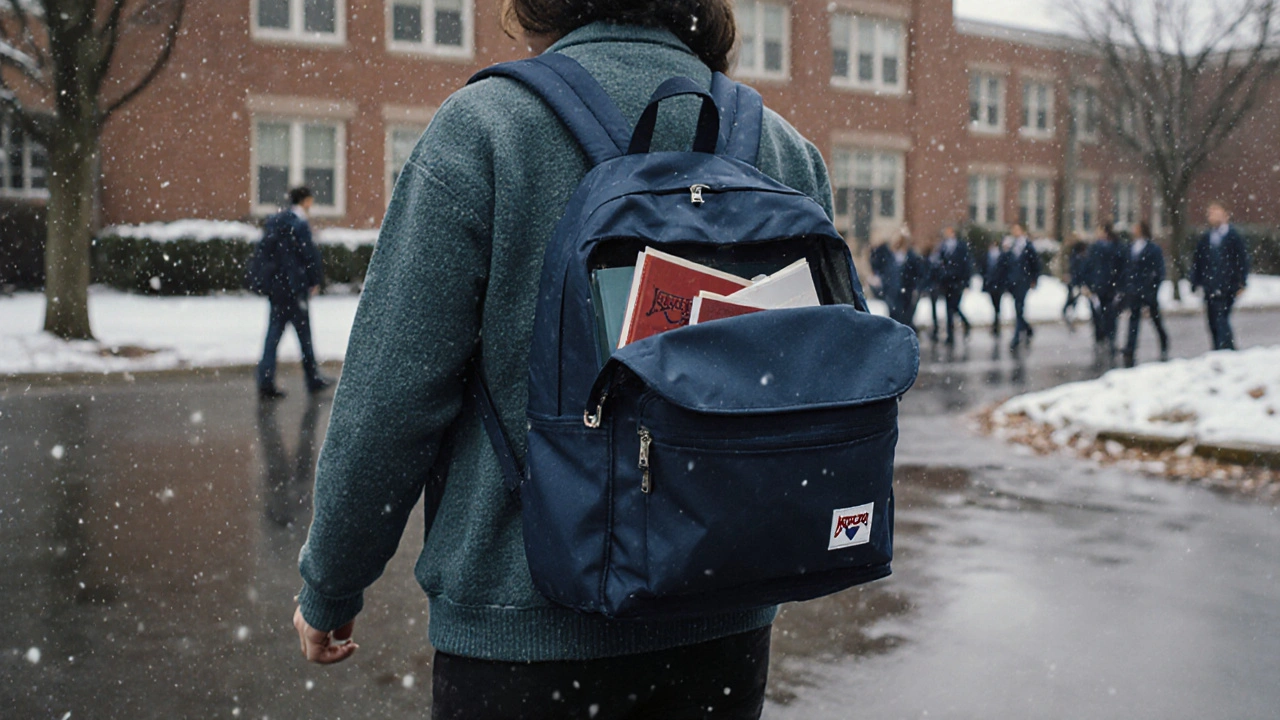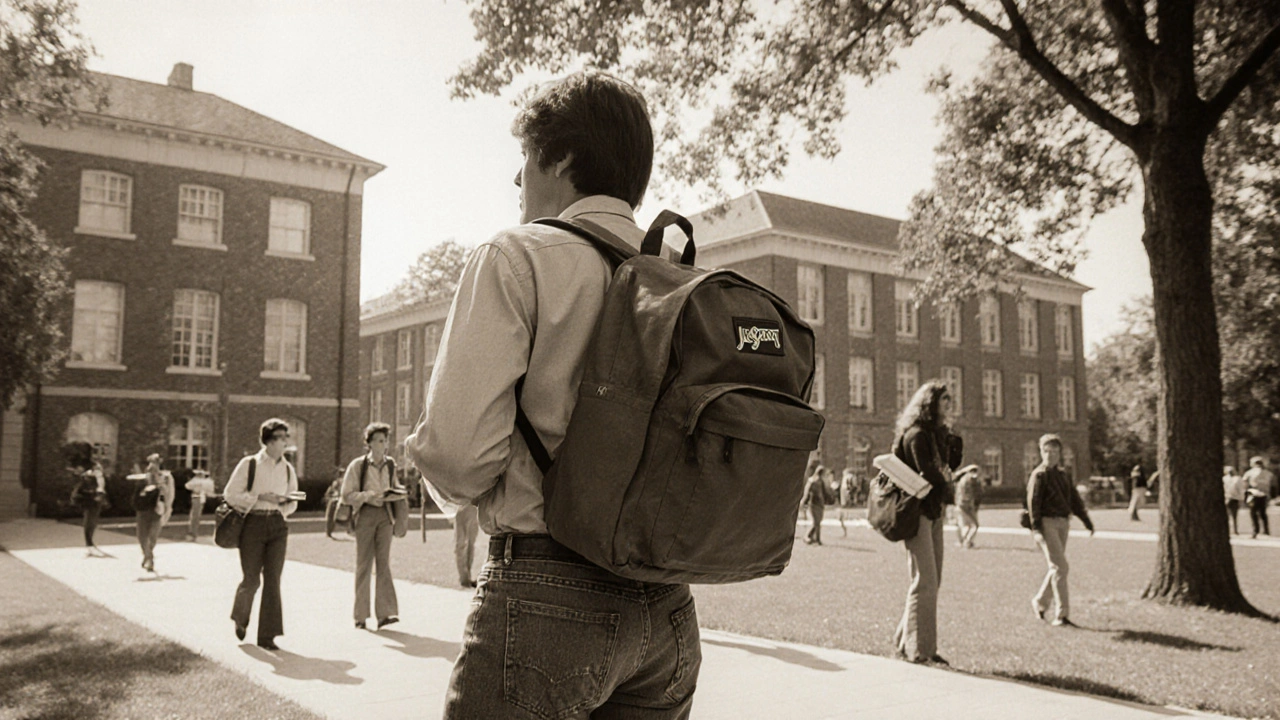Durable Backpacks: What Really Keeps a Bag Going Strong
If you’ve ever bought a backpack that fell apart after a few months, you know the frustration. A durable backpack isn’t a luxury—it’s a smart investment that saves you time, money, and hassle. In this guide we’ll break down the materials, construction tricks, and real‑world tests that separate a lifelong companion from a disposable tote.
Materials That Matter
The first thing to look at is what the bag is made of. Heavy‑duty nylon (often 600D or higher) offers excellent abrasion resistance and holds up in rain thanks to its tight weave. Polyester is a close second; it’s a bit cheaper but still resists fading and stretching. For a rugged, vintage feel, waxed canvas provides natural water resistance and gets softer with use. If you’re after premium protection, full‑grain leather will outlast almost anything—just remember it needs regular conditioning.
Construction Details that Add Strength
Material alone isn’t enough. Reinforced stitching, preferably double‑stitched or bar‑tacked at stress points, prevents seams from ripping when you load up books or a laptop. Look for welded seams on water‑proof models; they seal the edges and stop leaks. Padded shoulder straps with a sturdy internal frame distribute weight and keep the straps from sagging. Bottom panels made of a thick, rip‑stop fabric or a hard plastic base protect the bag from bumps on the floor.
Design features also play a role. Compression straps keep loads tight and stop the bag from flapping around. Internal pockets with mesh lining protect electronics while letting you see what’s inside. A zippered waterproof compartment is a bonus for travel or outdoor trips.
Testing durability yourself is easier than you think. Fill the backpack with a weight equal to at least 30% of its stated capacity, zip it up, and toss it onto a hard surface. If the seams stay intact and the zippers glide smoothly, you’ve got a solid bag. Check the strap tension by pulling the bag forward; any wobble or snap indicates weak hardware.
Maintenance makes a huge difference. Spot‑clean spills with a damp cloth and mild soap. For nylon or polyester, a gentle machine wash on a cool cycle (inside a laundry bag) can revive fabric. Waxed canvas needs a light coat of canvas wax every few months to keep water off. Leather lovers should apply a leather conditioner quarterly to avoid cracks.
Price versus value is another reality check. You don’t need a $300 designer bag to get durability; many mid‑range brands hit the sweet spot. Look for warranties that cover stitching and zippers for at least two years—this signals confidence from the maker.
Some brands consistently earn high marks for toughness: Osprey’s Atmos series, North Face’s Recon, Patagonia’s Refugio, and the newer Sprayground lines for urban style. If you need a backpack for school, a 20‑30 L model with a padded laptop sleeve and reinforced base does the job. For hiking, a 40‑50 L pack with a roll‑top closure and hip belt offers extra support.
Choosing a durable backpack boils down to three steps: check material and stitching, verify practical features, and test the bag with real weight. Combine that with simple upkeep, and you’ll have a bag that sticks around for years—through classes, trips, and everyday grind.

JanSport backpacks are built to last through four years of high school abuse. Learn why their durable materials, simple design, and affordable price make them the most reliable choice for students.
- Read More
